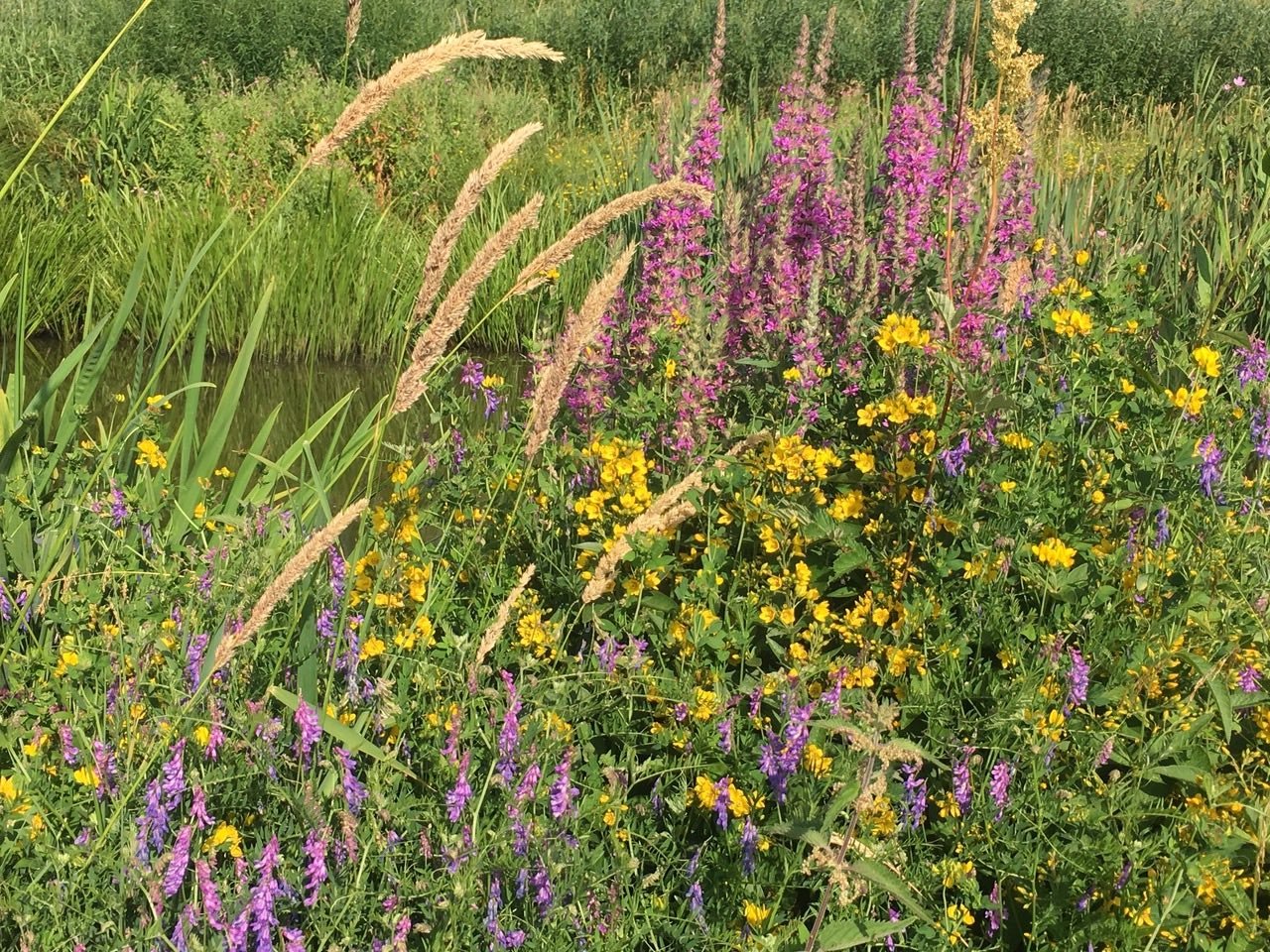
WET Systems
Wetland Ecosystem Treatment -
Regenerative Wastewater Purification
Aims of a WET System design
Natural wastewater purification
Resource production
Wildlife habitat
Biologic Design’s WET Systems are soil-based, multi-species constructed wetlands, designed to integrate the purification of a range of wastewater types with the production of a biomass yield, such as willow wands for basket making, while also enhancing biodiversity and wildlife habitat.
Wetlands are some of the most productive and species-diverse living systems on the planet. Harnessing the natural productivity of wetlands, a WET System is a Constructed Wetland designed and planted to purify wastewater naturally.
Low-entropy pollution control
The purification of wastewater with minimal, or no non-renewable energy use. As energy - normally electricity - is not used in the purification process the cost savings can be significant. Many of our WET Systems have paid for themselves, either in energy savings or by the harvesting and sale of the coppiced willow wands, or both.
Yield
The willow and other trees can be coppiced; willow wands can be harvested for traditional and contemporary crafts. Coppiced wood can also be used as a fuel for simple rocket stoves, biochar-producing rocket stove retorts, and other types of biomass boiler, or chipped to fuel woodchip boilers, as mulch, or as a bedding material for stock.
Biodiversity
The creation of a beautiful, species-rich ecosystem and wildlife habitat using native wetland plants and trees for greatly enhanced biodiversity.
The WET System provides a refuge for frogs, toads, and newts, as well as insects and pond life which in turn attracts many birds.
